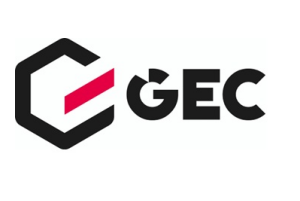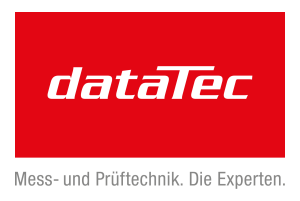In-vehicle Networking Technology
Are we ready for the future?
Fortsetzung des Artikels von Teil 3
How to realize a smooth transition?
This means that the in-vehicle networking technologies to optimally support the software-based car is in place. Two questions remain: 1. How to smoothly transition to an (all IP/Ethernet) network? 2. How to handle other technologies like sensor busses?
One of the problems is, that to truly profit from the flexibility Ethernet offers, it is better if the complete network changed. Zones e.g. are difficult if a CAN- bus remains that directly connects ECUs throughout the car and cannot be terminated within the zones. However, during the transition phase it is likely that costs are added (or at least not reduced). The longer the transition, the longer that cost adder. With the hard currency of the car manufacturers being costs and with years of supporting that currency by striving for local optima, car manufacturers will not transition unless the transition is a clear mission with a concrete plan on how to reach it.
Is it necessary that the complete communication in the vehicle is Ethernet/IP only? No, in principle the set up also supports sensor-like connections that are ideally local and isolated (otherwise they impede with the zonal approach) and require no network functions. Maybe even other, small and spatially restricted “private” subnetworks can be tolerated for very specific uses. However, every communication technology has to be qualified, maintained and serviced. Every technology thus creates cost and binds resources potentially more effectively used elsewhere.
Additionally, every successful technology (also the local ones) will be improved to a functionality beyond the originally foreseen. This entails the risk that once locally used technologies develop into parallel networks which cover the same functionality as already available with other technologies. A technology that does not succeed in the market might develop into a supply issue later on. Especially for locally used technologies with a small market the risk is real. Furthermore, every link that is not part of the network reduces flexibility and thus also the chances to truly profit from a seamless communication. Every technology that is not based on a standard can turn into a severe problem later on. So, the more homogeneous and the more Ethernet/IP, the better to meet the requirements of the future!
- Are we ready for the future?
- The car as a software product
- First samples of 10Mbps-Ethernet
- How to realize a smooth transition?





